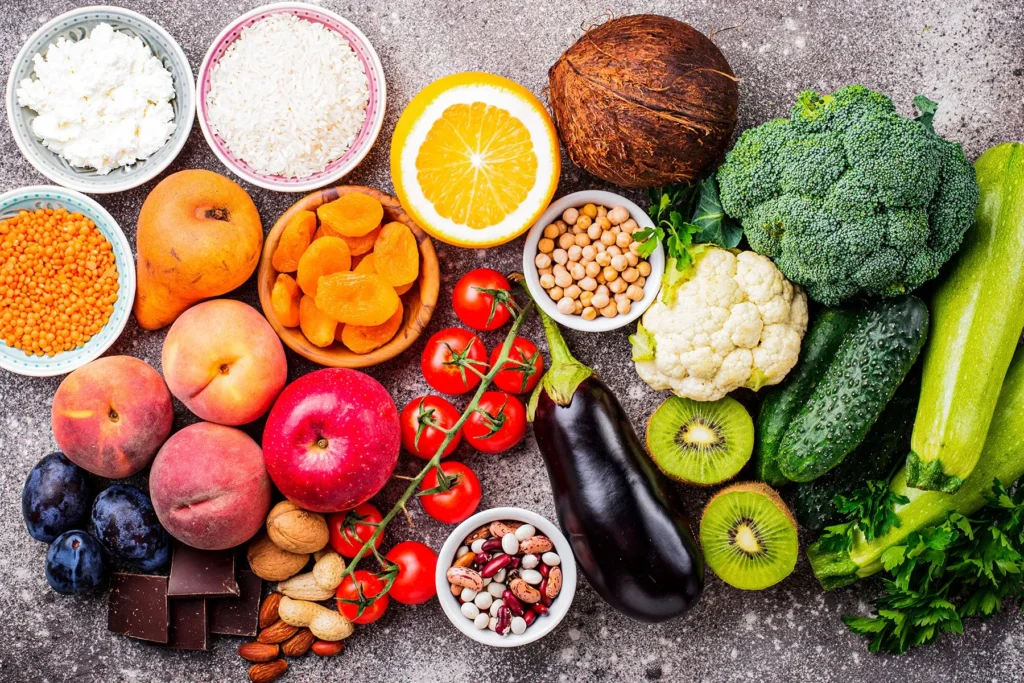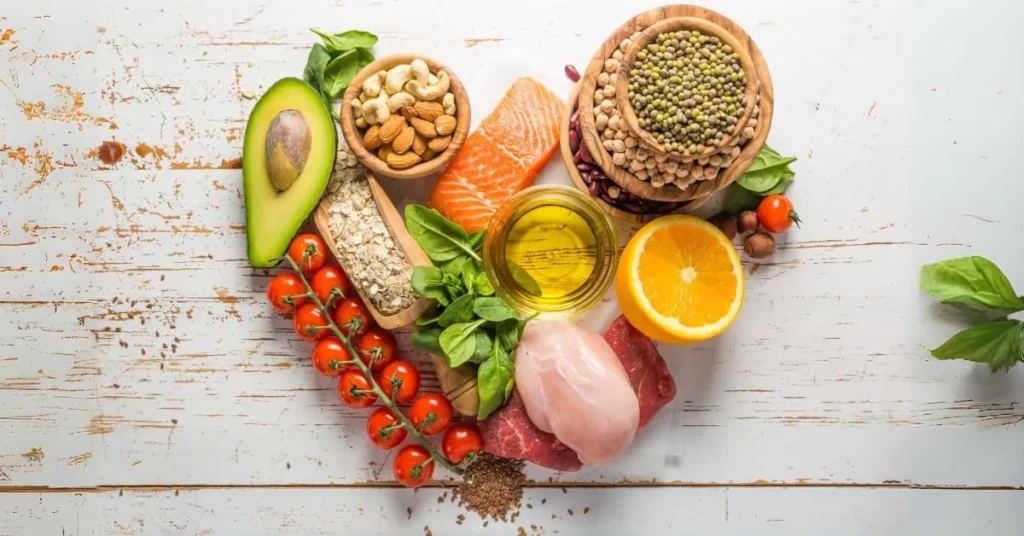Read time : 3 minutes

In today’s wellness world, “low-GI” has become a buzzword stamped onto food labels and meal plans promising better blood sugar control, steady energy, and even weight loss. The glycemic index (GI), a scale that measures how quickly a food raises blood sugar, can be a useful tool. But here’s the real talk: just because a food has a low glycemic index doesn’t automatically make it healthy.
Let’s unpack this trend with some facts, common misunderstandings, and a reality check from registered dietitians.
The Appeal of Low-GI Foods
The glycemic index ranks foods from 0 to 100 based on how quickly they spike blood glucose. High-GI foods (70 and above) like white bread or sugary cereals cause rapid spikes, while low-GI foods (55 or less) like lentils or apples cause a slower, more stable rise in blood sugar.
For people managing diabetes or looking to prevent blood sugar crashes, choosing low-GI foods seems like a no-brainer. Research from the American Journal of Clinical Nutrition supports that low-GI diets can improve glycemic control and lower the risk of developing type 2 diabetes.
But, Not All Low-GI Foods Are Healthy
This is where many get misled. A food’s glycemic index reflects how it affects blood sugar, not whether it’s nutritious overall.
Take chocolate bars or ice cream, for example. Some of these items have a low to moderate GI because their high fat content slows down digestion and sugar absorption. That doesn’t make them healthy choices. They may still be loaded with saturated fats, added sugars, and empty calories.
A 2020 report from the Harvard T.H. Chan School of Public Health cautions that GI should never be the only criteria when judging a food’s healthfulness. Just because something is low-GI doesn’t mean it’s good for your heart, your weight, or your long-term health.
RD Verdict: Context Is Everything

According to registered dietitian nutritionists (RDNs), whole, minimally processed foods that happen to be low-GI, like legumes, steel-cut oats, non-starchy vegetables, and most fruits, are excellent choices. These foods not only support blood sugar balance but are also rich in fiber, antioxidants, and other nutrients.
On the flip side, a low-GI cookie made with palm oil and refined flour might have a “low glycemic index,” but it’s not doing your body any favors.
“A low-GI food can still be high in saturated fat or lack important nutrients,” says Amy Keating, RD. “When in doubt, check the full nutrition label and ingredient list. The GI number is just one piece of the puzzle.”
What You Can Do Instead
Think whole, not just low-GI. Foods like sweet potatoes, beans, and whole fruits naturally have a lower GI and offer real nutritional value.
Watch out for marketing tricks. “Low-GI” on a package doesn’t guarantee it’s free from added sugars or harmful fats.
Balance is key. Combining high-GI foods with protein, fat, or fiber can lower the overall glycemic impact of a meal, no need to avoid them entirely.
Bottom Line
Low-GI eating has its benefits, especially for blood sugar management. But a low GI doesn’t give a food a free pass. Context matters. Just like calories don’t tell the whole story, neither does GI.
The healthiest approach? Prioritize real, whole foods and think beyond numbers on a scale. Because true wellness isn’t just about keeping blood sugar steady, it’s about nourishing your body from the inside out.
Meet Your Ai Personal Trainer
👉Personalized workouts. Progress tracking. Real results.
MyHealthCop AI is your pocket trainer — always ready, always smart.
Download the App to Take your free Ai health assessment Today [Take Assessment]
RD, LD Julius Sammah
MyHealthCop Certified Dietician